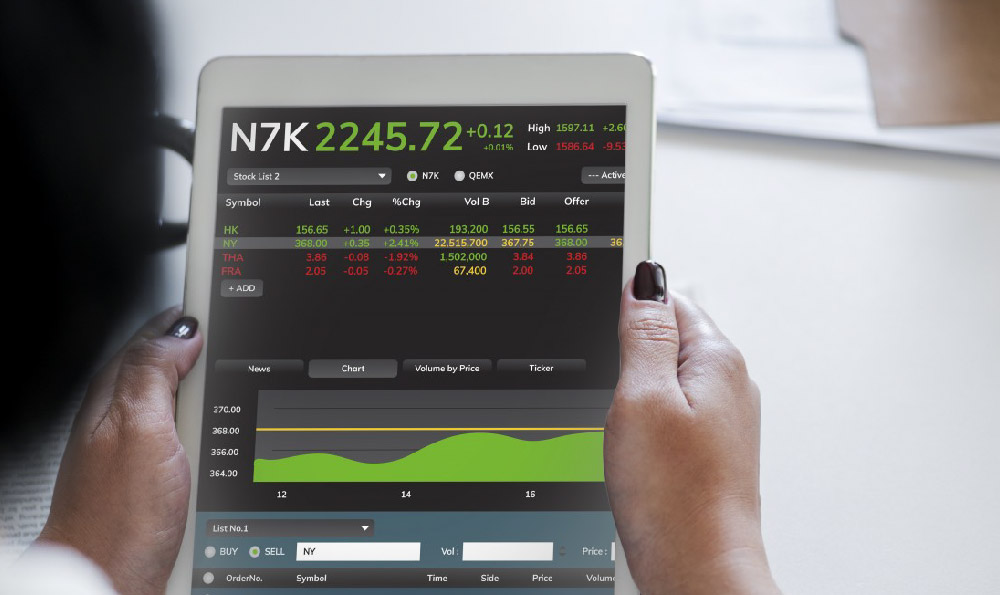Keepbit promises multi-exchange security, a tantalizing concept for anyone holding cryptocurrency across multiple platforms. The inherent risk of holding funds on exchanges, amplified by high-profile hacks and security breaches, makes any solution aiming to mitigate that risk inherently appealing. The question, however, is not just about the promise, but the actual functionality, efficacy, and ultimately, the value proposition of Keepbit.
Let's break down the problem Keepbit aims to solve. Cryptocurrency exchanges, while necessary for trading, act as centralized custodians of your funds. This concentration of assets makes them prime targets for hackers. The more exchanges you use, the more points of vulnerability you introduce into your overall portfolio security. Diversifying across exchanges is a common strategy to mitigate counterparty risk (the risk of one exchange failing or becoming insolvent), but it paradoxically increases your exposure to hacking risks. Keepbit proposes a system to manage and potentially safeguard your cryptocurrency across multiple exchanges, centralizing security measures.
The core of Keepbit's approach usually involves a multi-signature wallet or a similar technology acting as an intermediary. This doesn't necessarily mean Keepbit itself directly holds your keys. Instead, it provides a platform to manage your API keys for various exchanges. By using Keepbit, you can supposedly set up withdrawal limits, whitelist specific addresses, and even implement automated security measures that trigger based on suspicious activity. Imagine, for example, you accidentally click on a phishing link and enter your API keys into a fake exchange website. With Keepbit's alert system, you would potentially receive an immediate notification and could quickly revoke those compromised keys before significant damage is done.

To understand if Keepbit truly works, we must delve into its technical implementation, which is usually proprietary. What kind of algorithms are used to detect suspicious activity? How quickly does the system react to potential threats? Is there a robust audit trail to track security events? Are the security protocols themselves regularly audited by independent security firms? These are critical questions that require thorough investigation and are often difficult to answer without significant technical expertise. User reviews and community discussions can offer valuable insights, but always treat them with a degree of skepticism, as opinions can be subjective and influenced by various factors.
The "worth it" aspect involves a cost-benefit analysis. Keepbit, like any security service, usually comes with a fee. This could be a subscription model or transaction-based charges. You need to carefully consider whether the potential security benefits outweigh the cost. Consider the size of your cryptocurrency holdings, the frequency of your trading activity, and your individual risk tolerance. If you are only holding a small amount of crypto on exchanges, the cost of Keepbit might not be justified. On the other hand, if you are a high-volume trader with substantial assets spread across multiple exchanges, the security benefits could be well worth the expense.
Another crucial factor in determining its worth is comparing Keepbit to alternative security solutions. Consider hardware wallets. These devices store your private keys offline, making them significantly less vulnerable to online attacks. While hardware wallets do not directly integrate with exchanges, they offer a higher level of security for long-term storage. Using a combination of hardware wallets for long-term holdings and Keepbit for actively traded funds might be a more comprehensive approach.
Furthermore, exchange-level security measures are constantly evolving. Many reputable exchanges now offer features like two-factor authentication (2FA), address whitelisting, and withdrawal limits. Evaluate whether these native security features, coupled with your own careful security practices (strong passwords, avoiding phishing scams), are sufficient for your needs. It's also important to research the security reputation of each exchange you use. Some exchanges have a better track record than others when it comes to preventing and responding to security breaches.
Beyond technical aspects, the user experience is paramount. A security solution, no matter how effective, is useless if it is too complex or cumbersome to use. A well-designed interface, clear documentation, and responsive customer support are essential for ensuring that users can effectively manage their security settings and respond to potential threats.
The integration capabilities of Keepbit are also significant. Does it seamlessly integrate with all the exchanges you use? If the integration is clunky or incomplete, it might create more problems than it solves. Check for compatibility and ensure that the integration process is well-documented and supported.
Ultimately, the decision of whether Keepbit works and is worth it is a personal one that depends on individual circumstances and priorities. It is crucial to conduct thorough research, understand the technical details, and weigh the costs and benefits carefully. Don't rely solely on marketing materials or anecdotal evidence. Seek out independent reviews, analyze the security protocols, and consider your own risk tolerance and security needs. The landscape of cryptocurrency security is constantly evolving, so staying informed and adapting your security practices is paramount. A combination of proactive security measures, careful exchange selection, and potentially the use of a service like Keepbit (after due diligence) can contribute to a more secure and confident experience in the world of cryptocurrency trading.












